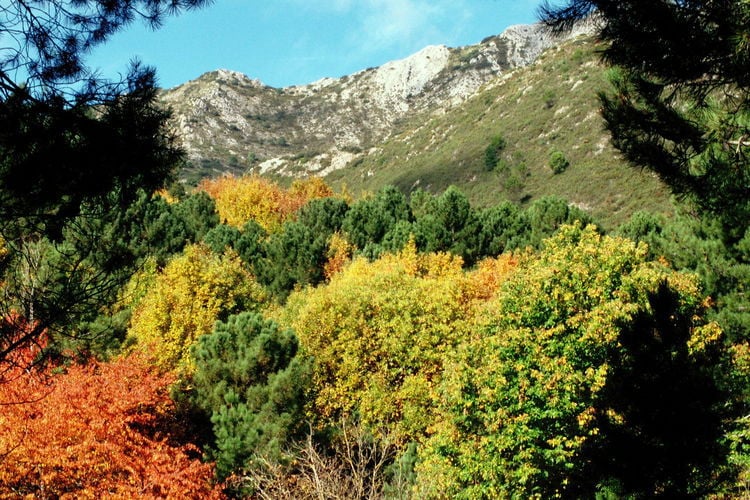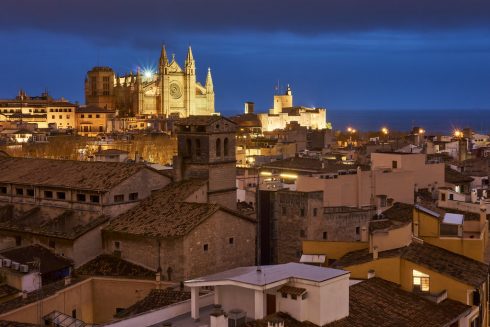MALAGA’s Sierra de las Nieves has become Spain’s 16th official National Park, gaining the country’s highest level protection after a congress vote last week .
The congressional council known as the The Commission for Ecological Transition voted 34 in favour and zero against the legislature that sought to name the 23,000 hectare Sierra a protected area.
The team behind the approval, led by Juan Antonio López de Uralde, hopes that the new bill will preserve the ‘unique qualities that the Sierra de las Nieves has to offer for many years to come.’
Spain is the most bio-diverse country in the European Union and we have a great responsibility in its conservation, much more in a context of climate change that further compromises the conservation of nature.” said de Uralde after the hearing.
The area encompasses the towns of Benahavis, El Burgo, Istán, Monda, Parauta, Ronda, Tolox and Yunquer and is home to over 63,000 inhabitants, mainly farm workers, ranchers and conservationists.
Conscious of the potential issues the re-classification will mean for its residents, congress members have offered their ‘full support’ to anyone affected by the bill.
However Malaga’s Assiciation for Young Farmers (ASAJA) is cautious about the ramifications the new label will cause.
“While the re-classification and protection of the Sierra de las Nieves as a National Park is positive on a whole, there has been very little mention of any priority for the residents of the area.” said a spokesman from the organisation.
The organisation warns that the new restrictions that come with the new classification will mean an endless bureaucratic process for property owners and farmers.
It also warned that the heavy restrictions on game management could have a harming affect of the wildlife population, as well as the local livestock holders.
“We hope that as the bill is passed to the senate, these oversights will be rectified.”
The Sierra de Las Nieves is home to one of Spain’s most bio diverse ecosystems, with over 1,500 different species of plants, some of which are only found in the Ronda area.
Most iconic of all the species there is the Mediterranean Fir, an ancient species kept alive in the rugged surroundings of the park.
The park is also home to over 120 species of birds, ranging from black kites to golden eagles, plus a host of interesting invertebrates like the red swamp crawfish and rare salamander species.
READ ALSO:
- Malaga’s stunning Sierra de las Nieves set to become Spain’s 16th National Park
- Conservation centre opens in Sierra de las Nieves to nurture struggling vulture population











I have no doubt that Spanish concressman will do their best to ‘protect’ all the villas, suspicious ‘garden sheds’ and unfinished urbanisations that exist already in this new national park, which until now had been a ‘Reserva de la Biosphera’. Obviously this translates to ‘luxory building ground’.
Please have a look at my Sierra Blanca Horror Picture Show which I had published in 2008 on http://www.blanca.wolfgangzoellner.de.
The unfinished ensemble of luxury villas is still there, above the ‘Sierra Blanca Country Club’ which is above Cerros del Lago (half way between Marbella and istán) To build those modern ruins, the Swiss promoters blastet large quantities of rock from the basement of the Sierra Blanca Mountains and disrupted the official hiking path PRA-140, which connects Marbella to Istán. Two km further towards Istán the super luxory ‘Finca Sagitatrio’ again disrupts PRA-140. There are rumors that Countess Gunilla von Bismarck ran her famous parties in that villa, which gave Gunilla the title ‘Queen of Marbella’.
If you want to see the details, I recommend a 45 minutes walk from Marbella to Sierra Blanca Country Club on PR-A140, the old road from Marbella to istán.
see: http://www.wikiloc.com/hiking-trails/pr-a140-marbella-cerrosdel-lago-und-zuruck-23754456